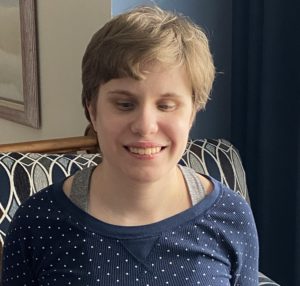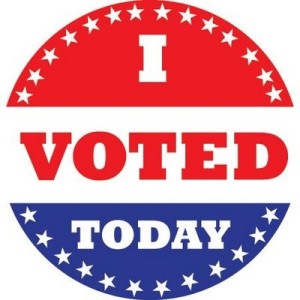Inaccessible Hospitality: “What An Incredible Conference…That I Had To Leave Early”
by Ben Trockman
 There I was, lying on the pullout couch less than 2 feet above the floor, where my mother and my friend, Kathy, were strenuously bending over to pull up my pants, put on my shirt, preparing me for PRWeek.
There I was, lying on the pullout couch less than 2 feet above the floor, where my mother and my friend, Kathy, were strenuously bending over to pull up my pants, put on my shirt, preparing me for PRWeek.
My mom is a trooper. At 62 years old, she’s made countless trips out of town with me – for work, physical therapy, and the occasional vacation – and she’s always been my “number one helper.” But, lifting and rolling my 225-pound body is more than a one mama job. We are lucky to have Kathy.
Getting in and out of bed, or in this case a pullout couch, could be easier. Unfortunately, all the hotels in Chicago we contacted have beds on “platforms,” meaning there is no space between the bottom of the bed and the floor. Why is that important? Well, there is this piece of equipment – a Hoyer lift – that can assist my helpers getting me in and out of bed. Quite frankly, it’s the only way I get out of bed.
Because we couldn’t find a hotel that simply just had space underneath their beds, where the legs of the Hoyer lift could slide under – lifting and dropping me above the bed – I was stuck on the pullout couch.
And, as I mentioned, the pullout couch is literally only 2 feet above the ground. Not. Easy.
My mom was already fighting a strained back, this inconvenience certainly didn’t help – our four-night trip to Chicago, which included two days of a PRWeek conference, a night out with my coworkers, capped off by my first trip to an improv comedy show. It was going to be a great trip!
But, I had to leave early. It was just too much.
I have a great deal of empathy for my caregivers. Knowing that my mom and Kathy were straining so hard literally just to roll me over to get me ready for the conference, we didn’t have the energy to continue for any time after the conference. No dinner with my coworkers. No comedy show.
It was a great conference. I believe the Easterseals + Change for Balance duo gave one of the better presentations, and I made a number of new friends, but the experience was overshadowed by the inaccessibility of the hotel, and the fact that I had to skip time with my colleagues to go home.
Look, I’m one of the lucky ones, and I’m well aware. I have a good paying job, which allows me to afford bringing Kathy along. I have a supportive mom, who will travel with me when I need help. But, even this crew of experienced travelers and healthcare workers couldn’t take it any longer – we headed home.
Even my mother, one of the toughest and “let’s get this done go-getters” made a comment: “It’s no wonder many people with disabilities choose not to travel. This is really tough.”
And that is the reality. Traveling is really tough. Hotels don’t design with full accessibility in mind and airlines are not accessible for people in wheelchairs. Thousands of people with disabilities choose not to risk the travel, whether for work or for vacation, and stay-at-home where it’s safe, where it’s accessible.
And that’s not right. That’s not fair. It’s not accessible. But it’s the reality.
So, what will we do? Do we stay quiet, stay-at-home, and on the occasional burst of courage take a work or personal trip?
I don’t think so. Let’s get loud. Let’s rally for more accessible hotels and airlines. Let’s rally for accessibility.
I’ll keep on sharing my stories and I’ll keep being “loud.” I hope you’ll keep following.















